Governor Gavin Newsom is stepping up with a significant $200 million in grants, aimed squarely at moving homeless individuals from street life into a stable living environment.
Allocated as part of his broader agenda, the funds aim to tighten state control and boost the effectiveness of local efforts addressing the sprawling crisis of homelessness.
Ramping Up Oversight: California’s New Strategy

AP News reports that in order to better combat homelessness, Governor Newsom is redeploying 22 experts from a state housing enforcement unit.
Clear in their mission, these experts will assist and vigilantly monitor city and county projects to ensure that local governments fulfill their promises and make genuine progress.
No Room for Failure: Newsom’s Firm Stance

Governor Newsom doesn’t mince words. During a virtual news conference, he declared, “I’m not interested in funding failure any longer.”
His call for visible, on-the-ground changes reinforces his commitment to holding cities and counties accountable if they fail to improve.
The State Audit That Shocked California
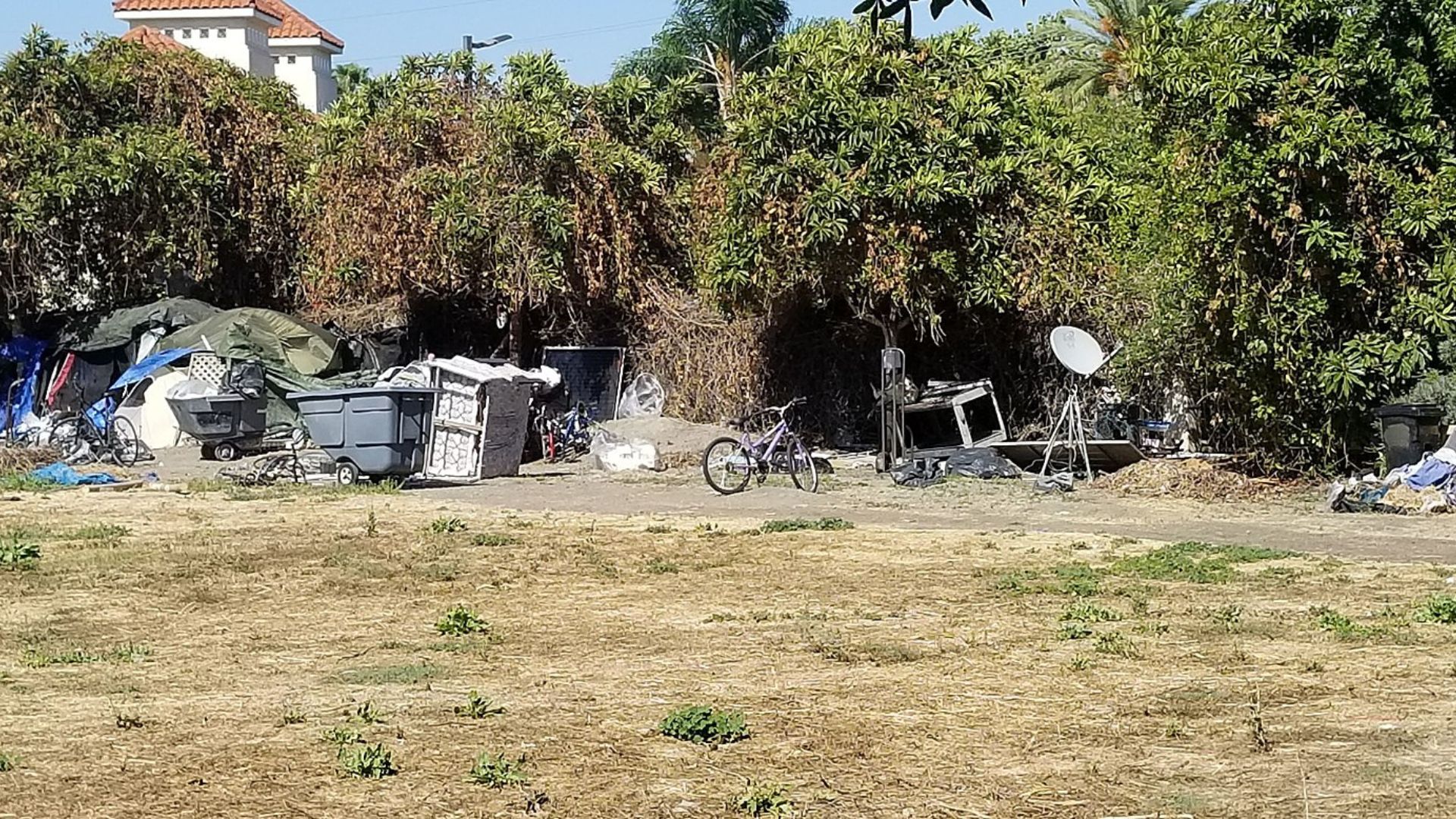
A recent scathing audit uncovered a major flaw: California has been investing billions into homelessness without adequate tracking.
Consequently, Governor Newsom is demanding detailed reports from cities and counties to show how they are effectively addressing homelessness with the allocated funds.
Homelessness on the Rise Despite Huge Investments
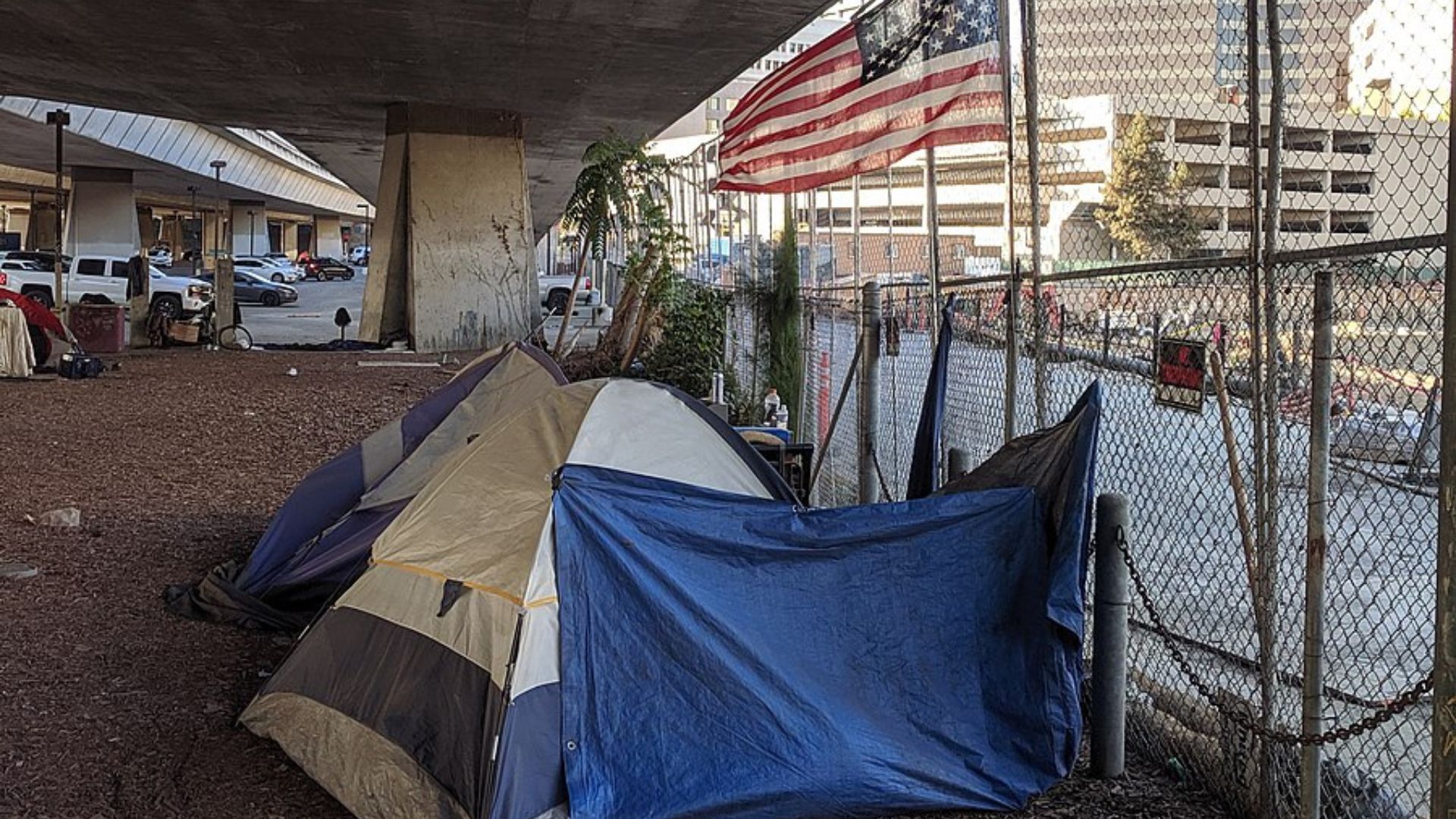
Despite aggressive funding, the number of homeless individuals in California continues to climb, now topping 171,000.
Leveraging his experience as former mayor of San Francisco, Governor Newsom is intensifying his efforts not just to manage but to resolve homelessness along with housing issues.
A Focused Mission for the Housing Accountability Unit
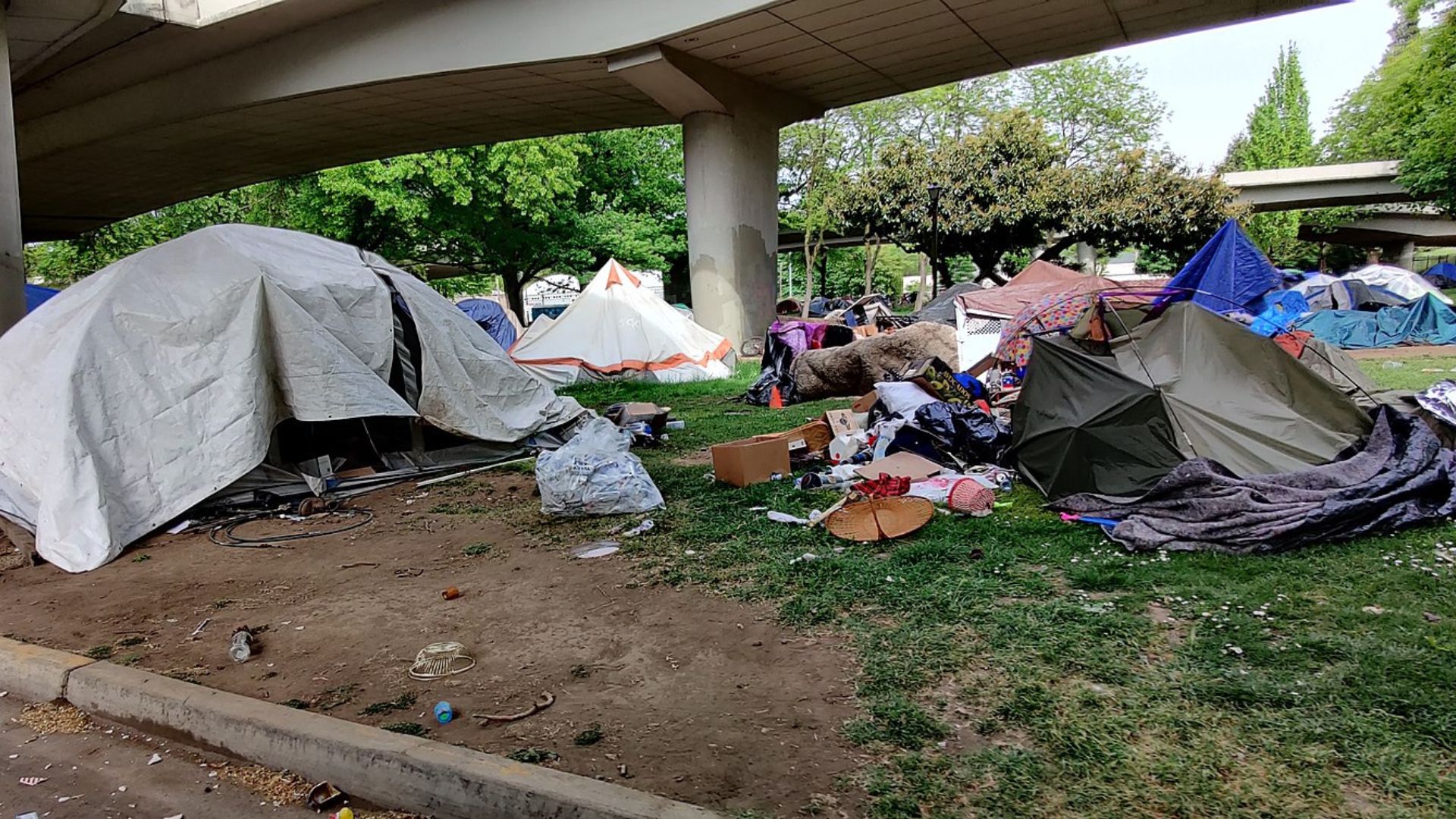
The Housing Accountability Unit within the California Department of Housing and Community Development is refocusing its efforts towards managing funds designated for homelessness.
This strategic pivot aims to boost the impact of every spent dollar and confirm that local entities make significant strides.
Withholding $1 Billion to Spur Action
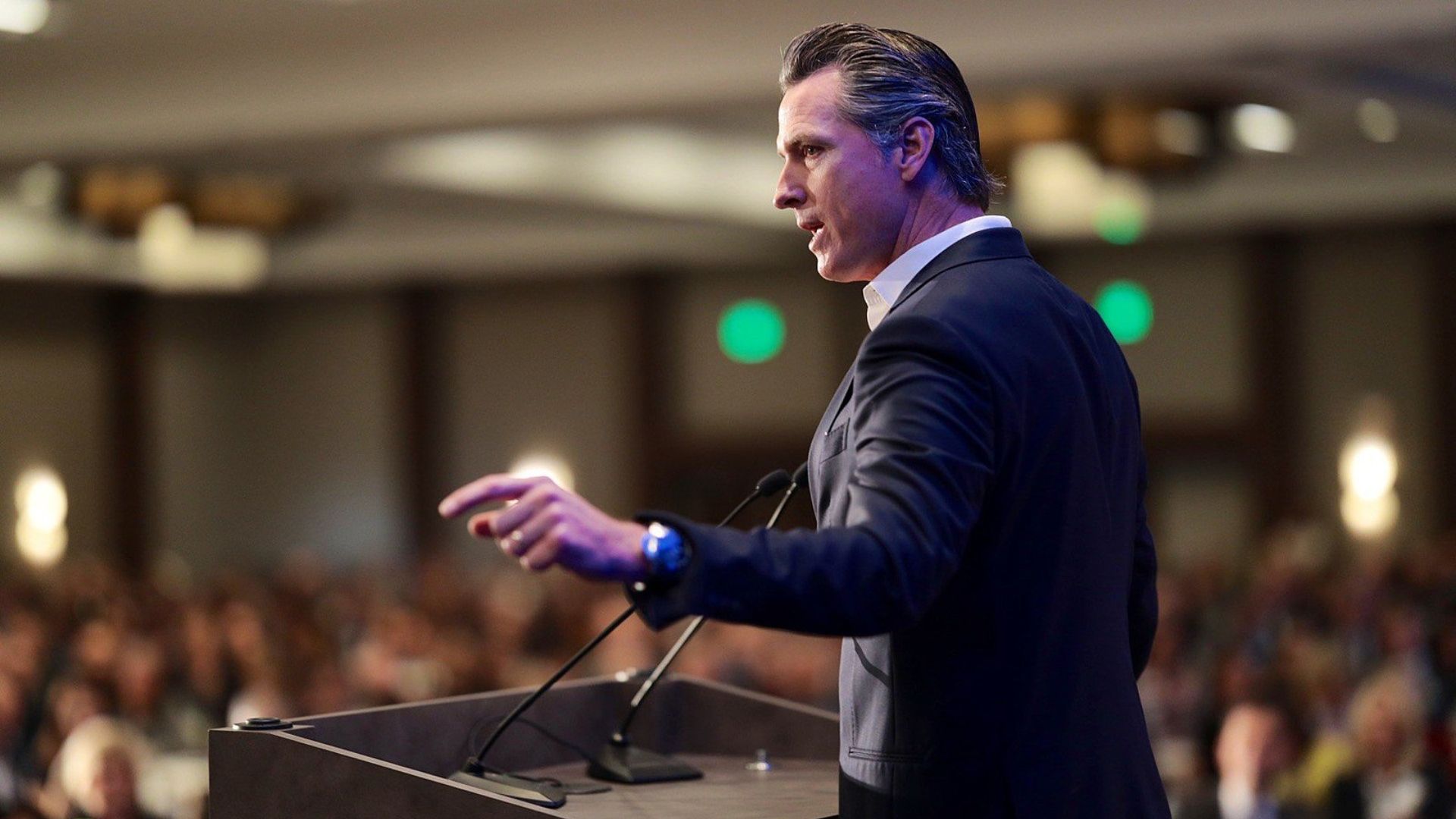
In a decisive move last year, Newsom withheld a billion dollars in state funding, criticizing local governments for their ineffective homelessness reduction strategies, which he termed “simply unacceptable.”
His approach aims to motivate local officials to devise and implement more effective solutions.
Clearing Encampments
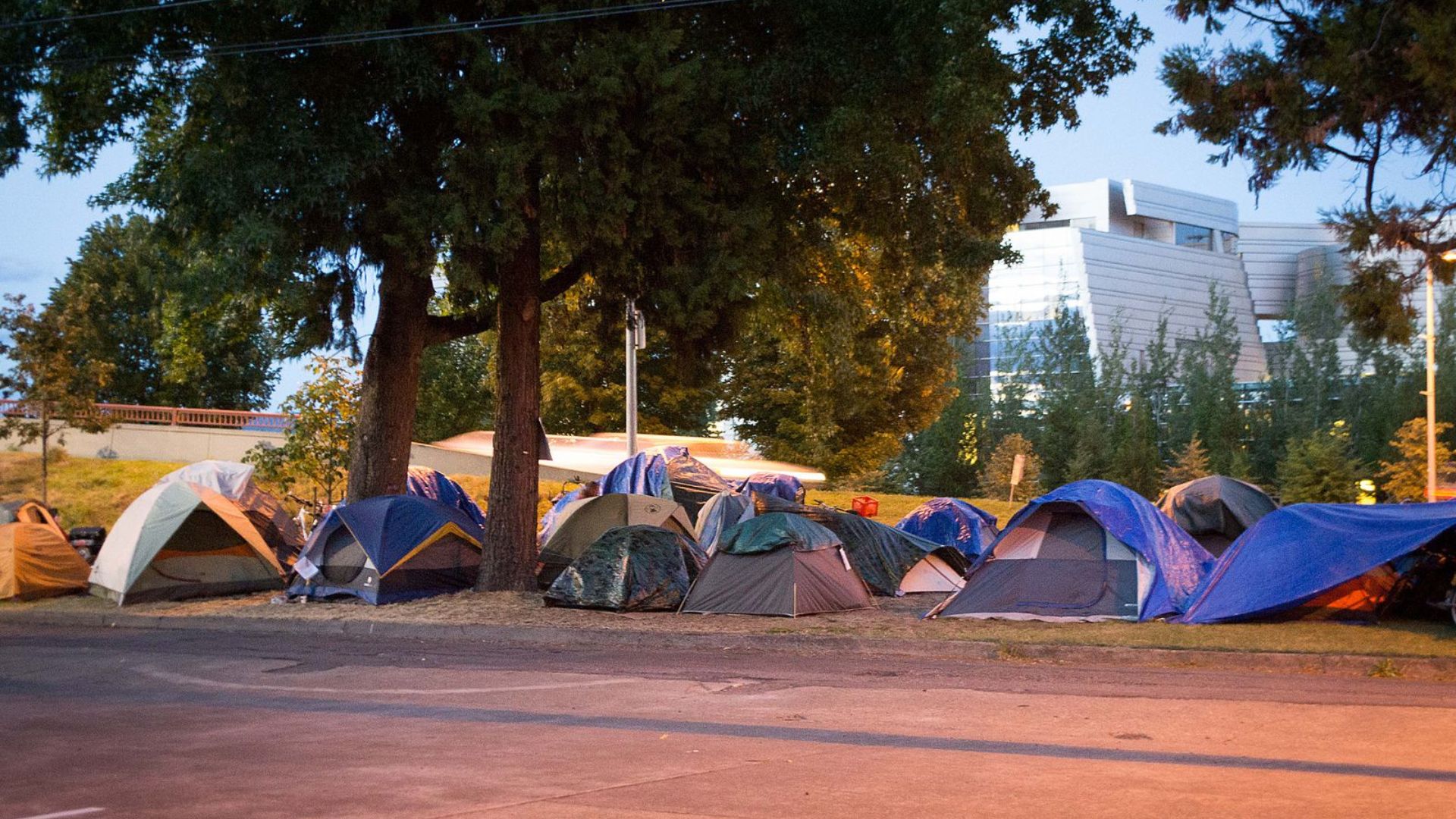
Governor Newsom recently unveiled a $192 million grant allocation for 17 cities and counties, designated for encampment cleanup and essential services to house nearly 3,600 people.
This initiative is a crucial part of a larger strategy to clean up streets and create stable housing opportunities.
Major Funding Boost for Fresno’s Homeless Initiatives
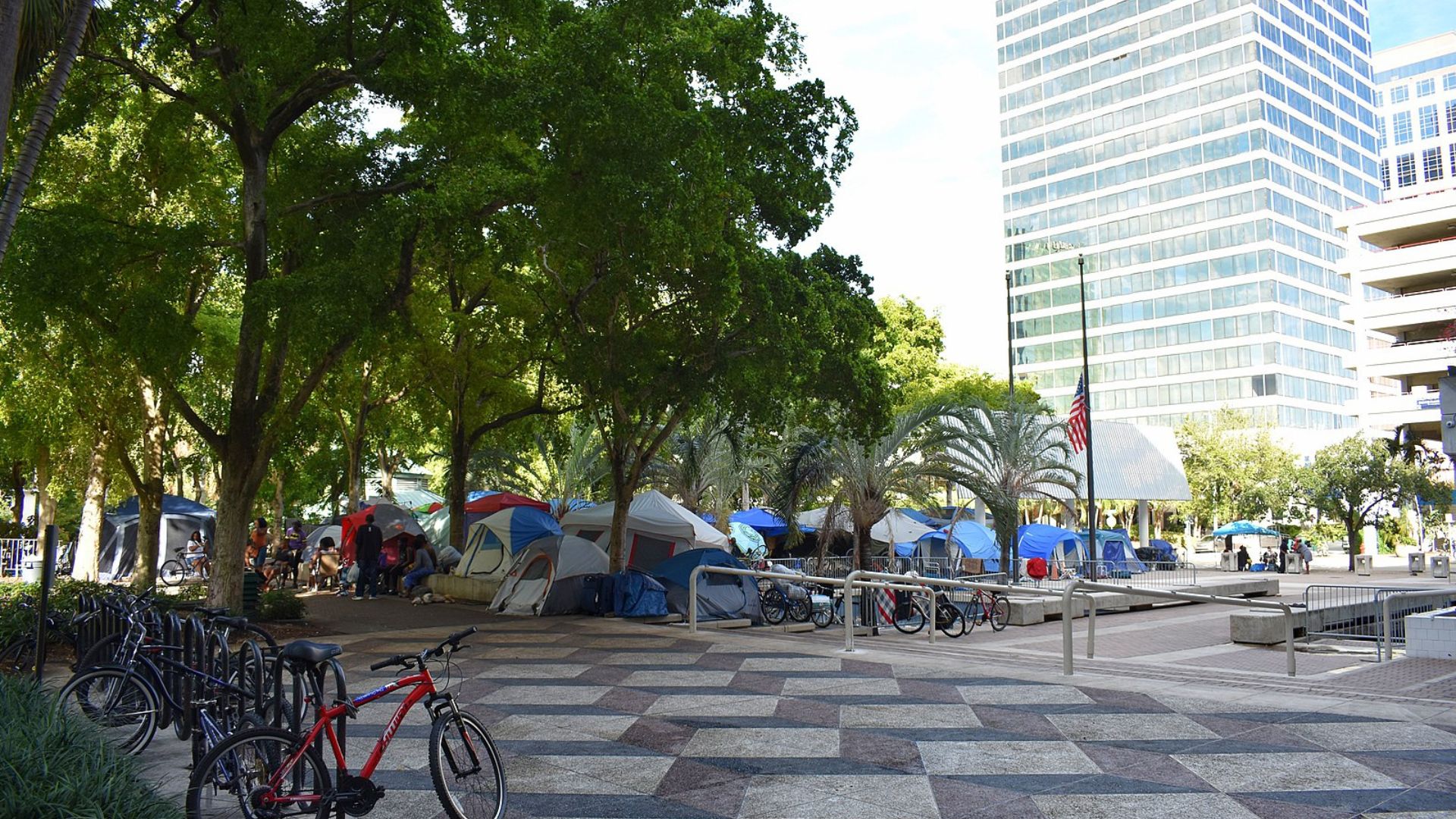
ABC News reports that an $11 million grant will soon enhance Fresno’s efforts to house 200 people and improve other services, adding permanent housing beds.
This significant financial injection is essential for Fresno’s strategy to drastically cut its homeless count and better living conditions.
Specialized Aid for Marin County’s Farm Workers

With recognition of the unique needs in Marin County, the state has allocated $18 million to house 60 Latino farm workers and their families temporarily in RVs.
Such targeted support mirrors the state’s dedication to meeting the diverse needs of California’s varied communities.
Celebrating Unseen Victories in Homelessness Fight

During a recent news conference, several mayors, including Fresno’s Mayor Jerry Dyer, showcased successes that typically go unrecorded in broader data.
These personal stories highlight the profound impact of state funding in transforming lives from instability to stable housing.
Transforming Fresno with State-Funded Services
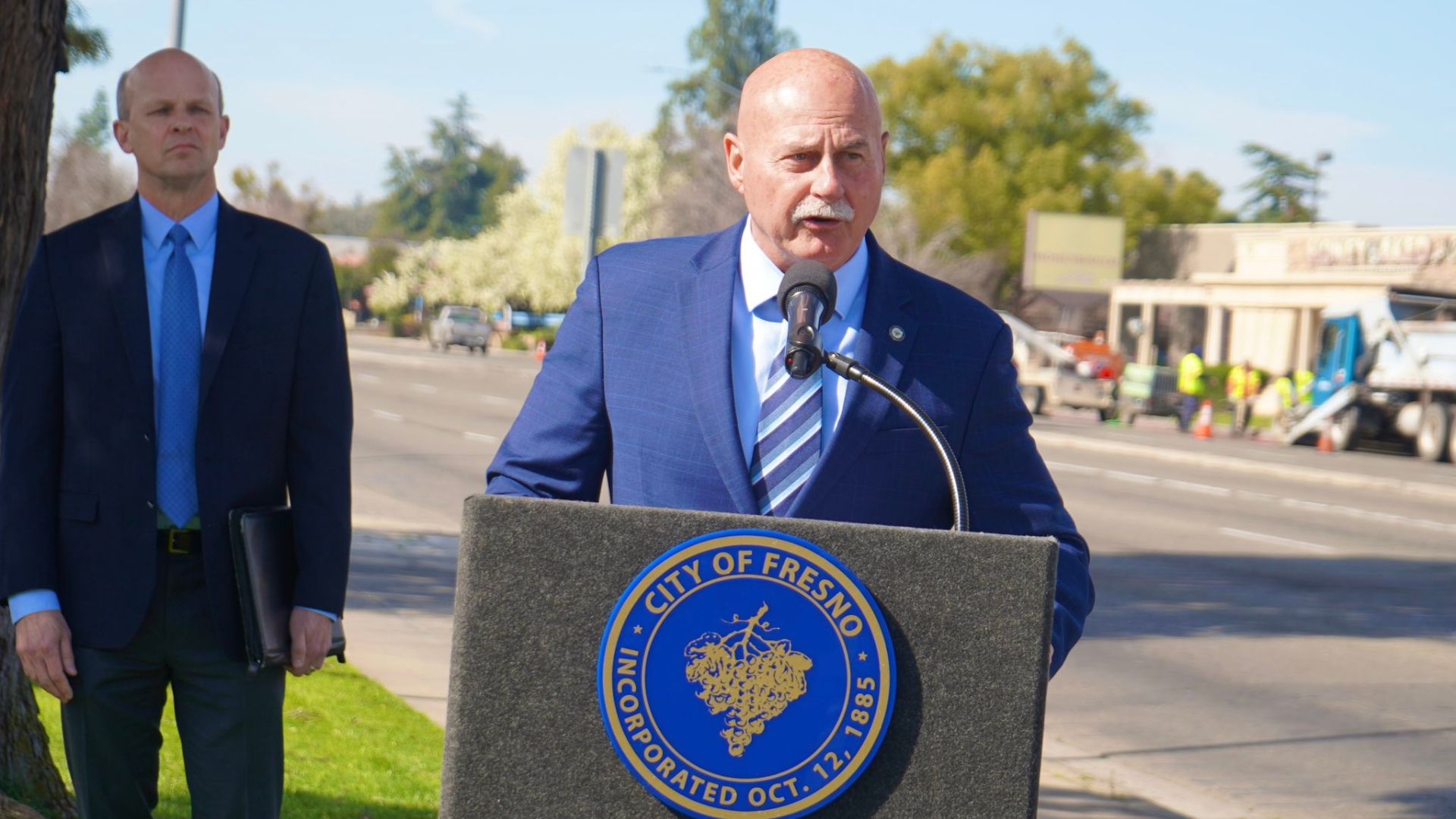
Mayor Dyer attributes dramatic expansions in Fresno’s homelessness initiatives to state funding, particularly noting improvements in mental health services and housing availability.
The city has experienced a notable decline in homelessness, with more than 650 individuals transitioning from precarious situations to more secure environments, demonstrating the effective deployment of state resources.
